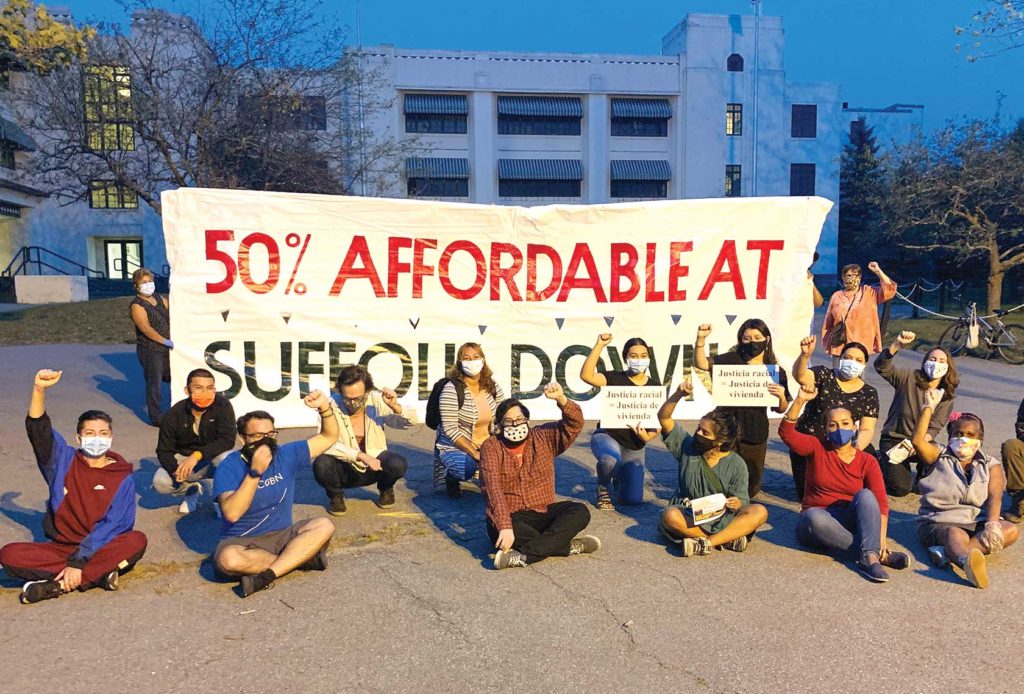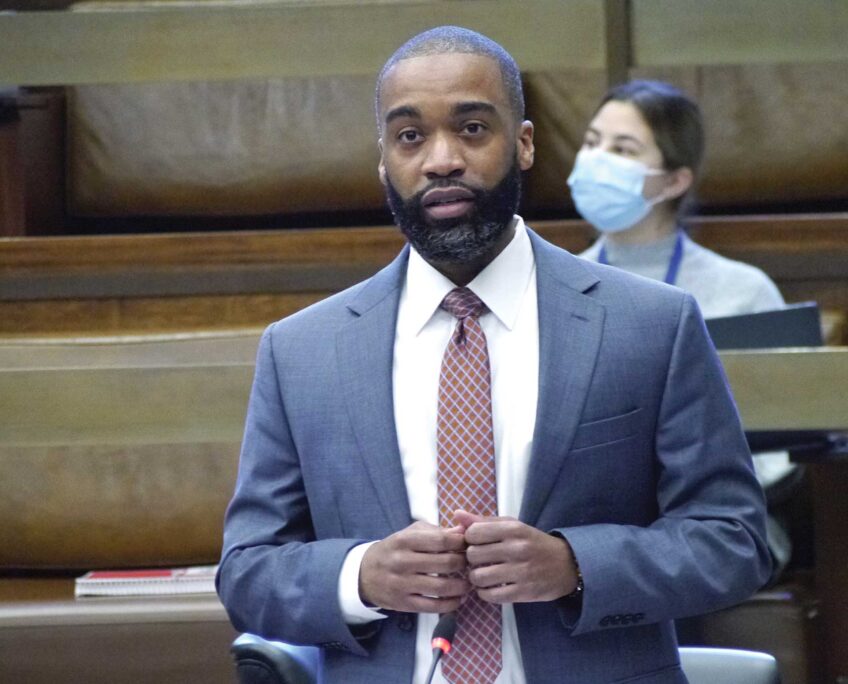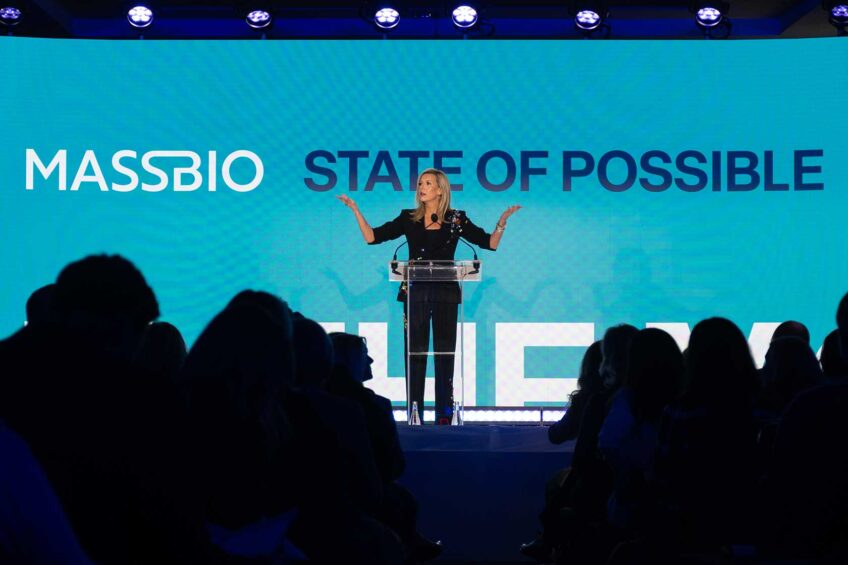
The Boston Planning and Development Agency voted unanimously on Sept. 25 in favor of HYM Investment’s plan for the former Suffolk Downs racetrack, paving the way for one of the largest housing development projects in Boston’s history.
The vote came after protests against the plan from advocates who say the addition of luxury units in a fast-gentrifying predominantly-Latino neighborhood will accelerate the pace of displacement.
HYM Investments plans to build 10,000 units of housing over 109 acres. Of those, 7,000 will be in Boston and the rest situated on the Revere portion of the former racetrack grounds.
As a result of protests from City Life/Vida Urbana, PUEBLO Coalition in East Boston, Massachusetts Sierra Club and others, the developers increased the affordable housing from the 13% required minimum to 20% by adding in offsite affordable housing units. They also agreed to a stabilization fund they say will put $5 million back into the East Boston community.
City Councilor Lydia Edwards marked these as victories in a detailed Boston Globe editorial.
“Despite a flawed process that privileges private interests over the public good, East Boston won major concessions,” she wrote on Sept. 29. “These important victories are minimums that our community must continue to build on. As it stands, too much of the housing is still unattainable for many East Boston residents or mismatched with the needs of the community’s families.”
East Boston activists expressed their dissatisfaction with the process during the BPDA’s seven-hour hearing on Sept. 25. Through a series of live tweets, PUEBLO Coalition called to abolish the BPDA and said the affordable units in the HYM plan will be unaffordable to current East Boston residents.
“East Boston is ground zero for the displacement and affordability crisis. Today, @bostonplans will vote on a Suffolk Downs PDA to create 10k units of new housing, almost none of it affordable to existing Eastie residents struggling to remain. Shame on @marty_walsh,” PUEBLO’s account tweeted.
Though they helped bring about the 7% increase in affordable units, those units won’t be on the site in question, and the group still believes HYM Investments did not go far enough with their sustainability plan and is focused too much on increasing luxury development in Boston.
After purchasing the site, HYM Investments Founding Partner Thomas O’Brien wrote, “In our dozens of preliminary meetings with elected officials and local community stakeholders in East Boston and Revere recently, we consistently heard that local residents want retail, restaurants and new job opportunities. This development will provide all, while also setting aside a significant amount of the site for open space and providing better connections to the neighborhood.”
Over 40 acres will be publicly accessible open space, including parks, recreational fields, plazas and an outdoor theatre. The project is estimated to create more than 18,000 construction jobs and 22,000 permanent jobs.
These promises, still, were not enough for some activists. PUEBLO expressed its disappointment in a statement, saying, “The plan approved for Suffolk Downs ensures that there will be a new community in Suffolk Downs, with 10,000 luxury units in which 87% is dedicated to high market-rate housing, [segregating] itself from the rest of East Boston … [t]he rising tide of housing prices and cost of living will push working-class families out of our neighborhood and city.”






